In any sport, the best teams are the teams that adapt to the current set of rules. This starts with roster construction and continues on the field. Rules shape the speed and style of play. But rules are also constantly changing -- just ask faceoff specialists. The Premier Lacrosse League is playing with a shorter field (100 yards) and a shorter shot clock (52 seconds) than field lacrosse has ever seen. It’s no surprise then that the two teams competing for the Crown -- the Redwoods and the Whipsnakes -- are the two best teams at the parts of the game that these rules emphasize: transitioning from defense to offense and from offense to defense.
Legendary coach Dave Huntley sought out the statistical secrets to winning. The end goal is, of course, to maximize scoring and to minimize opponent’s scoring. Coach Huntley’s means to achieve that end: Possessions, shots, and shots on goal. Those are the stats that correlate with wins. Saves actually have a negative correlation with wins. Great defenses don’t make lots of saves; great defenses allow fewer shots on goal.
Before the shot clock, the NCAA rules allowed teams to dominate possessions. In 2011 the Maryland Terrapins won 11-of-14 faceoffs, slowed the game down, and grinded out a 6-5 quarterfinals victory over Syracuse. Then, the NCAA made a rule change, allowing referees to turn on a 30-second shot clock if they believed the offensive was stalling. This incentivized teams to shoot (and to shoot intentionally wide) more.
The PLL rules have put shots (and specifically, shots on goal) are at a premium. The best time to put shots on goal? When the offense has a numbers advantage -- either in transition, on the powerplay, or after drawing a slide. Both the Whipsnakes and the Redwoods put on a clinic in preventing those unsettled looks against the Chaos. We saw what happens when teams hustle into the hole; five-on-fours turn into five-on-fives, the offense substitutes to get its personnel right, and the shot clock starts to favor the defense.
The Whips have outshot opponents by 6.8 shots per game, while the ‘Woods have taken 3.9 more shots per game -- first and second in PLL, respectively. Shots on goal is a similar story: the Woods have put 2.92 more shots on cage than their opponents (best differential in PLL); the Whips are second at 2.36.
There are a bunch of factors that go into that differential. One of the most important: Two-way midfielders who can prevent opposing transition opportunities and create transition after stops. The shot clock seems to last longer for the Whips and ‘Woods offenses than it does for their defenses.
Most two-way midfielders lean toward one end of the offense-defense spectrum. The Whipsnakes have a couple offensive midfielders (Drew Snider, John Haus) who can survive on defense until there’s an opportunity to get Ty Warner and company on the field. The Redwoods have used Pat Harbeson and Jack Near in defense-to-offense roles all summer. Brent Adams and Sergio Salcido are comfortable in either role.
Each championship team has relied heavily on one elite, do-it-all midfielder: Jake Bernhardt (Whipsnakes) and Sergio Perkovic (Redwoods).
Bernhardt has been viewed as the best two-way midfielder on the planet since his dominant run for Team USA in Netanya last summer. He’s a beast on-ball. Sometimes he looks bored with handling his own matchup -- punching hips, trailing at X, wondering, “Is that all you’ve got?” -- so he hunts out opportunities to squeeze double-teams with his teammates.
What separates Bernhardt is his defensive IQ. As an assistant at Vermont, he is literally a coach on the field. When the Whips do slide to his matchup -- an expectation against a Gait Brothers Midfielder of the Year finalist -- he peels and directs traffic. Notice how he points to Brett Schmidt, telling him to extend to the 2-point line while Bernhardt recovers to the inside, and then finish the play with physicality.
That recognition is key to recoveries. Bernhardt always knows where to be. He can sense plays as they develop, like this after timeout play by the Atlas. The offense is trying to seal Bernhardt and the Whips defense on the inside to free Ryan Brown for a 2-point attempt. Bernhardt sniffs this out in real time, fights through the seal, and extends to the 2-point arc to block the shot.
Bernhardt (6G, 2A) could play more offense than he does. He picks and chooses possessions to stay and play. When he has an offensive midfielder (or attackman) trapped on the field guarding him, it’s a greenlight.
Watch the teams that missed the postseason, and you’ll see attackmen-turned-midfielders get back into the hole only to get torched when they are forced to play defense -- especially in pick-and-roll situations. There’s a library-level of communication happening here. Two players go to the ball, then both players chase the throwback, then Bernhardt is wide open for the dunk.
Late in the season, the Redwoods started deploying Perkovic in a similar two-way role. Perkovic (12G, 1A) is a lifelong offensive midfielder who is buying into a new role -- and becoming one of the league’s best at it. The Redwoods’ defensive scheme involves switching all picks. Sometimes, that means short-sticks are asked to guard MVP candidates.
Perkovic has been starting games on faceoff wings and turning Greg Gurenlian’s wins into early offense. It only took 23 seconds into the Redwoods’ clinching win over the Chrome (and 25 seconds into their second round victory over the Chaos) for Perkovic to bury a goal and give the Redwoods a jumpstart.
Like Bernhardt, Perkovic will stay and play after defensive stops. That can force defenses to depend on offensive players. Perkovic is dodging hard and with his head up. He might not have an assist in this postseason, but he has a couple hockey assists. After drawing the slide here, Perkovic finds Matt Kavanagh and Joe Walters playing two-on-one on the backside. Kavanagh gets credit for the assist, but make no mistake – this play starts with Perkovic.
Every slide drawn is an opportunity for the offense to find the open man. Even the best recovering teams fail to mark up in time. Perkovic, who has been going airborne for the crease dive lately, draws a slide to this underneath dodge, pushes the ball to Ryder Garnsey at X, and lets Garnsey scan the field. The open man is Jules Heningburg, cutting before Perkovic’s original defender can recover.
Running Perkovic on defense has opened him up for more 2-pointers. Transition – especially as a trailer – is the best time to get to the top of the arc. Perkovic is attempting 2 shots from deep per game since moving to his new role, up from 1.4 per game prior to that.
Two crowns are on the line on Saturday.
Whipsnakes and Redwoods will fight to be the first-ever PLL Champions.
Bernhardt and Perkovic will battle to win the title of “best two-way midfielder.”
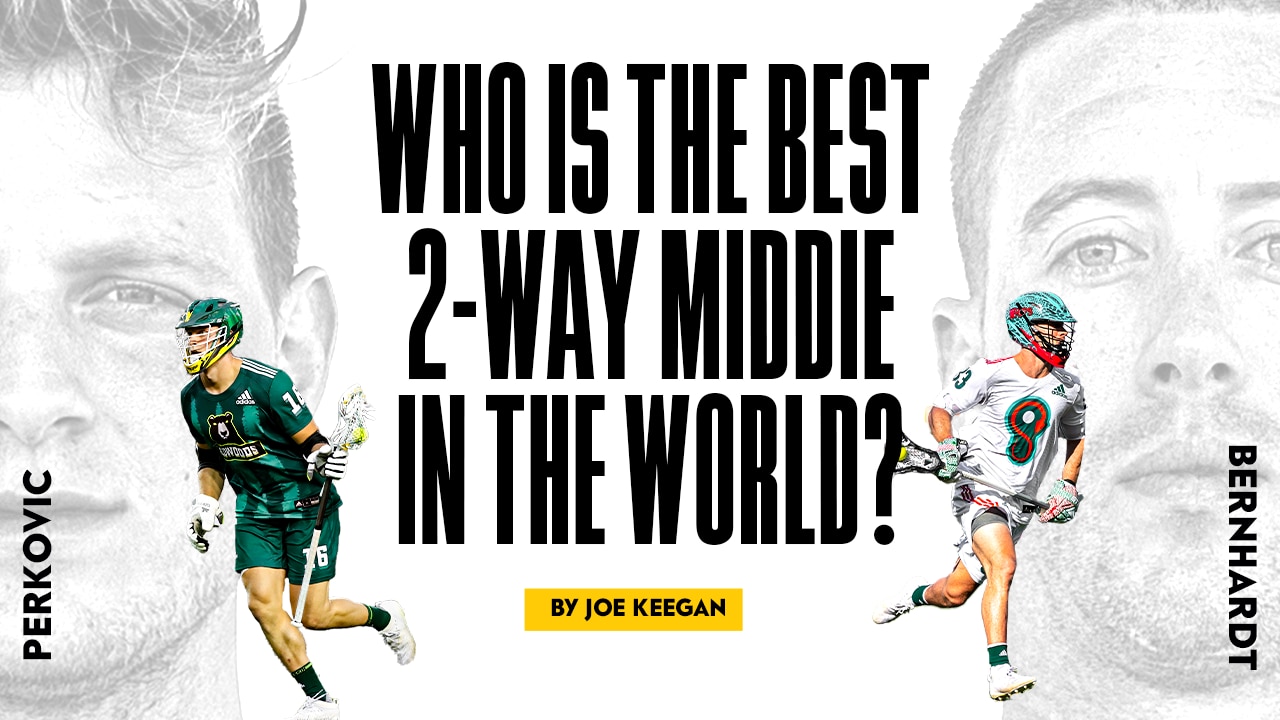
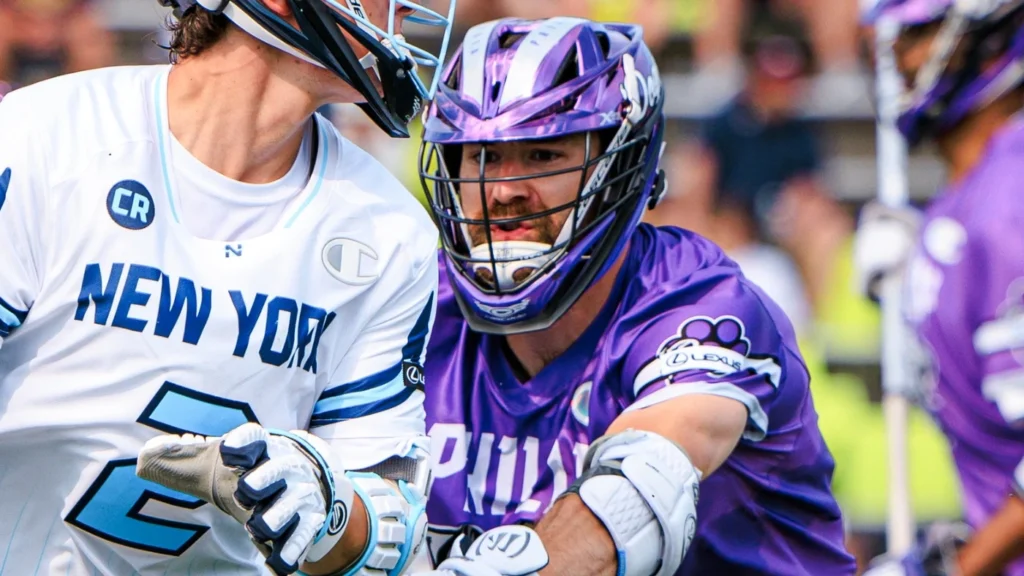
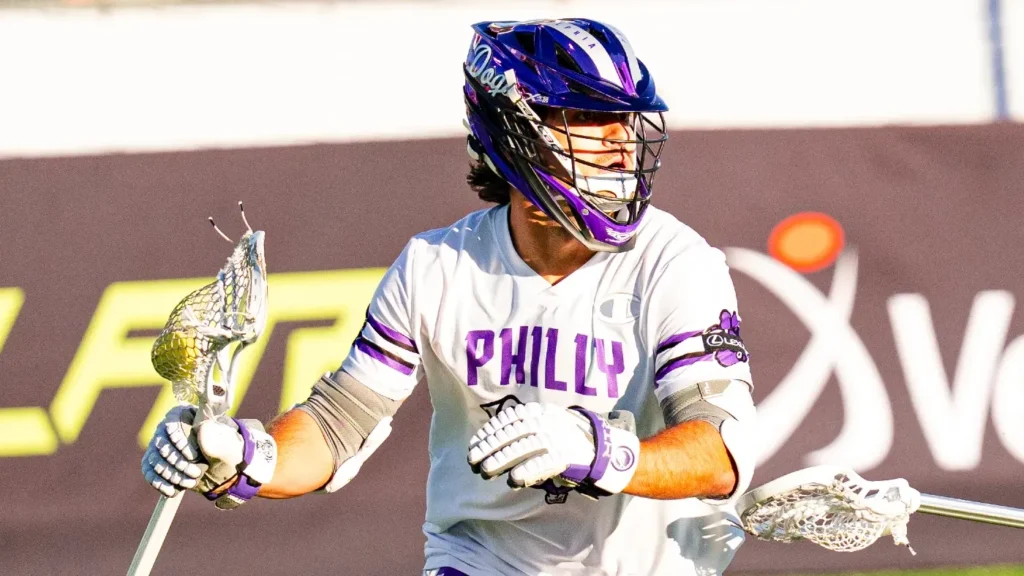
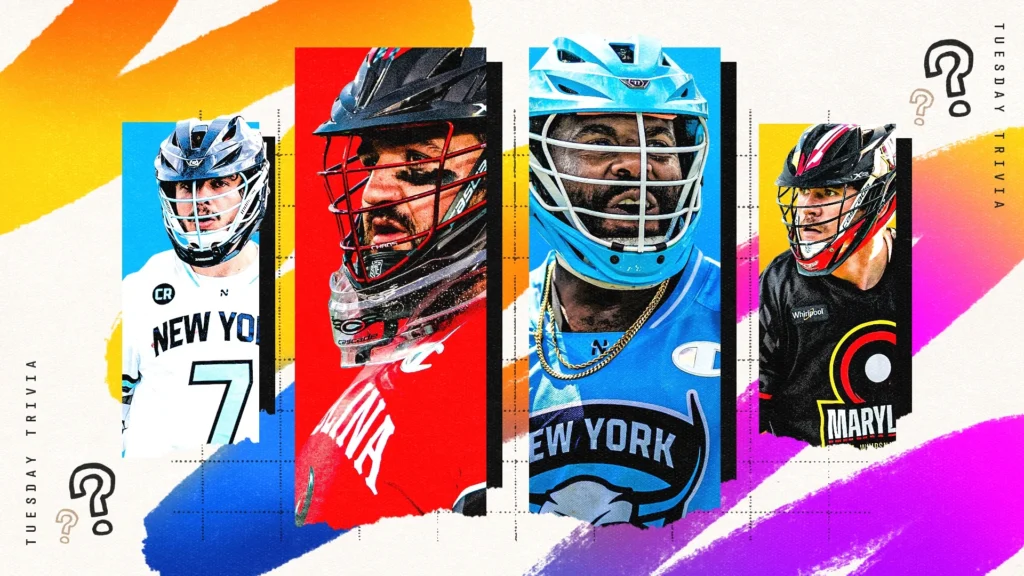
Pingback: microsoft exchange hosting plan
Pingback: cisco teknik servis
Pingback: it danışmanlığı
Pingback: https://www.valuewalk.com/the-best-essay-writing-services-top-5-reviewed-and-ranked/
Pingback: บาคาร่า วอเลท
Pingback: Video De Camera Escondida Fazendo Sexo
Pingback: สล็อตวอเลท
Pingback: best dumps website 2022
Pingback: nova88
Pingback: sbo
Pingback: sbobet
Pingback: คลิปหลุด
Pingback: live result hk
Pingback: saas marketing seo
Pingback: buy edible gummies online cannabis
Pingback: Spectrum fraud
Pingback: sbobet
Pingback: What Are Essential Oils and Do They Work?
Pingback: 20 gauge shotgun shells free shipping
Pingback: psilocybin grow kits with spores
Pingback: Residual income
Pingback: แทงมวย maxbet
Pingback: shrooms chocolate bar dc
Pingback: mushroom grow kits Oregon
Pingback: do you cook mushrooms
Pingback: stapelstein
Pingback: magic boom bars USA
Pingback: ข่าวบอล
Pingback: พิมพ์สติ๊กเกอร์
Pingback: วิเคราะห์บอล
Pingback: exhaustare industriala
Pingback: xxxโอลี่แฟน
Pingback: garbage information
Pingback: เด็กเอ็น
Pingback: cheap fn cheats
Pingback: สล็อตเว็บตรง100 ต่างประเทศ
Pingback: รับทำ SEO
Pingback: chat room